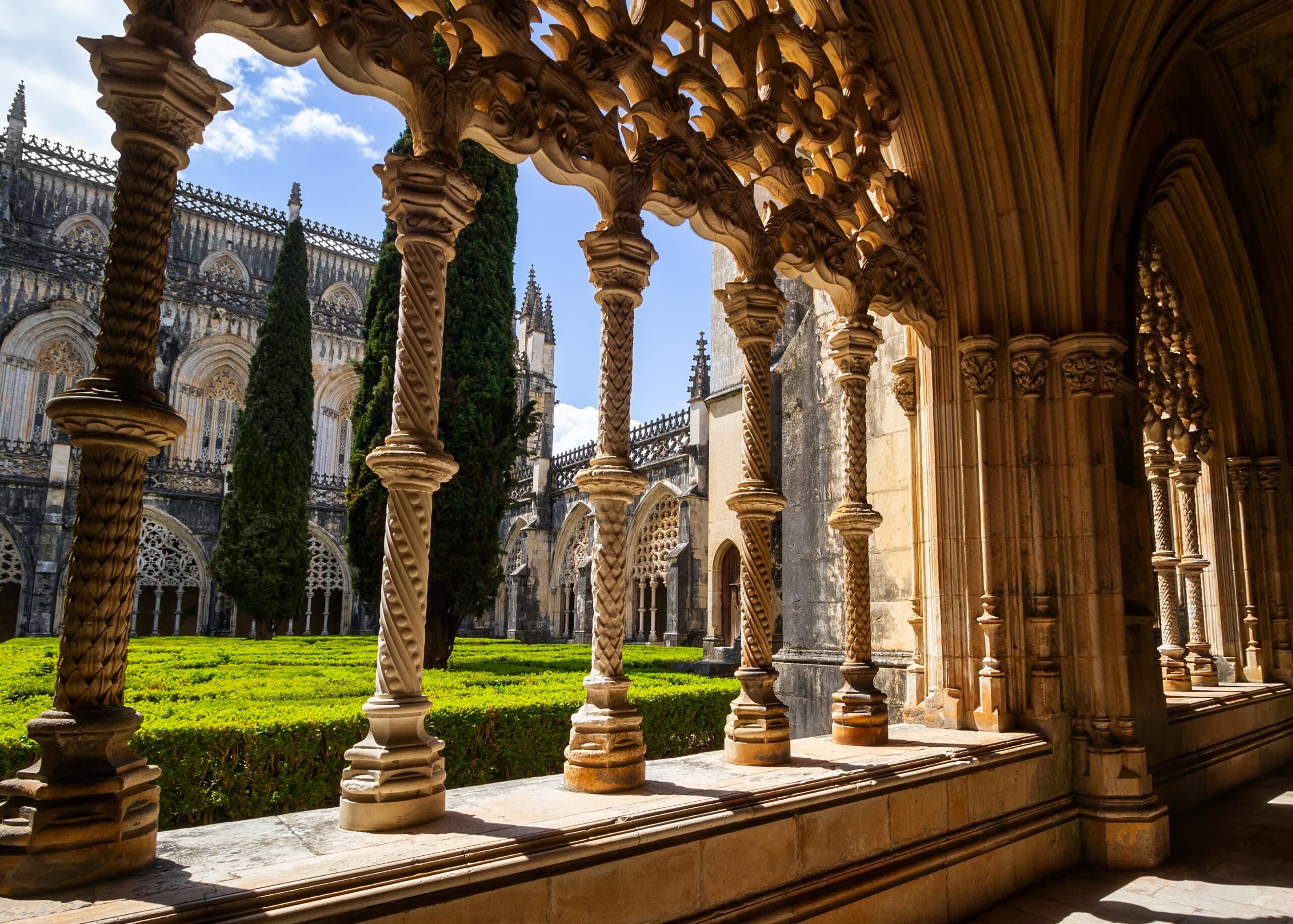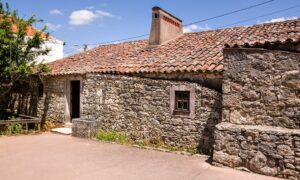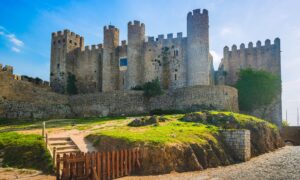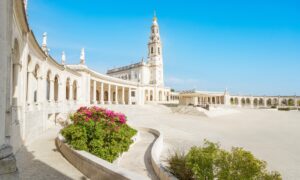Exploring the Treasures Around Fátima: A 2-Day Itinerary
While Fátima is one of the most important pilgrimage sites in the world, the surrounding region in central Portugal is rich with history, culture, and breathtaking landscapes. If you have an extra couple of days beyond your pilgrimage to Fátima, there are several incredible places nearby that are well worth exploring. From majestic monasteries to charming medieval towns and coastal vistas, this 2-day itinerary will guide you through some of Portugal’s most awe-inspiring sites, all within easy reach of Fátima.
Day 1: Batalha Monastery and Alcobaça Monastery
Morning: Batalha Monastery (Mosteiro da Batalha)
Begin your journey with a visit to the Batalha Monastery, located just a short 20-minute drive from Fátima. A UNESCO World Heritage Site, this architectural masterpiece is a stunning example of Portuguese Gothic style, with intricate stonework that leaves visitors in awe. Built to commemorate the Portuguese victory in the Battle of Aljubarrota in 1385, the monastery is not only a historical symbol but also a place of deep national pride.
- What to See: Explore the magnificent Royal Cloister, the impressive Founder’s Chapel where the tombs of King João I and Queen Philippa of Lancaster lie, and the unfinished chapels known as the Capelas Imperfeitas, which stand as a testament to the ambitions and challenges of the monarchy.
- Why Visit: The beauty and historical significance of the Batalha Monastery make it a must-visit. Its architectural detail, particularly the Manueline style seen in later additions, provides a deep insight into Portugal’s artistic and religious heritage.
Afternoon: Alcobaça Monastery (Mosteiro de Alcobaça)
After soaking in the grandeur of Batalha, head about 30 minutes south to the Monastery of Alcobaça, another UNESCO World Heritage Site. Founded in the 12th century by King Afonso I, this Cistercian monastery is one of the most important and historic religious buildings in Portugal.
- What to See: The stunningly simple and elegant Gothic church is one of the largest in Portugal, and its austere beauty contrasts with the more ornate style of Batalha. Inside, don’t miss the tombs of King Pedro I and Inês de Castro, one of the most tragic and romantic love stories in Portuguese history. Their tombs, placed facing each other, are intricately carved and tell the tale of their ill-fated love.
- Why Visit: Alcobaça Monastery offers a deep spiritual atmosphere, with its simplicity and history making it a peaceful place for reflection. The tragic love story of Pedro and Inês adds a unique emotional depth to the visit.
Evening: Nazare
As you wrap up your first day, drive 20 minutes west to the coastal town of Nazaré, known for its dramatic cliffs and immense ocean waves. It’s the perfect spot to relax after a day filled with history.
- What to See: Visit the Sítio da Nazaré, the town’s clifftop sanctuary and viewpoint. The small Sanctuary of Our Lady of Nazaré (Santuário de Nossa Senhora da Nazaré) is believed to have a miraculous statue of the Virgin Mary. From here, enjoy stunning views of the Atlantic and, if you’re lucky, witness the world-famous giant waves that attract surfers from all over the globe, particularly during the winter months.
- Why Visit: Nazaré offers a beautiful blend of spiritual pilgrimage with the natural wonder of Portugal’s coastline. The town’s combination of religious heritage and scenic beauty makes it a great place to spend the evening.
Day 2: Óbidos and Tomar
Morning: Óbidos
On your second day, drive about 45 minutes from Nazaré to the charming, medieval town of Óbidos. This picturesque walled village is one of Portugal’s best-preserved medieval towns, with narrow cobblestone streets, whitewashed houses draped in bougainvillea, and a wealth of history to explore.
- What to See: Walk along the ancient city walls, visit the Castle of Óbidos, and explore the many small shops and cafés tucked within the village. Don’t miss the Igreja de Santa Maria, a beautiful church located in the heart of Óbidos, or sample the town’s famous ginjinha, a local cherry liqueur often served in chocolate cups.
- Why Visit: Óbidos feels like stepping back in time, offering a charming and leisurely break from the grand monuments. Its well-preserved medieval character and romantic atmosphere make it a perfect place for a peaceful stroll and reflection.
Afternoon: Tomar and the Convent of Christ (Convento de Cristo)
In the afternoon, head to Tomar, about an hour’s drive from Óbidos. This historic town is home to one of Portugal’s most significant and stunning monuments, the Convent of Christ, another UNESCO World Heritage Site. Tomar was a major center for the Knights Templar, and the Convent of Christ reflects their influence and power.
- What to See: The Convent of Christ is a magnificent blend of architectural styles, from Romanesque to Manueline, with its iconic Charola (a Templar round church) being the highlight. The Chapter House window, an intricately carved Manueline masterpiece, is another must-see. Walk through the cloisters and absorb the history of the Knights Templar and the Order of Christ, who played a pivotal role in Portugal’s Age of Discoveries.
- Why Visit: Tomar’s Convent of Christ is one of the most fascinating historical sites in Portugal, combining religious devotion, medieval history, and architectural brilliance. It’s a fitting culmination to a pilgrimage that began in Fátima, offering a deep connection to Portugal’s religious and knightly past.
Evening: Return to Fátima or Lisbon
After visiting Tomar, you can return to Fátima to conclude your journey or head back to Lisbon, both about an hour’s drive away. Reflect on the spiritual, historical, and cultural richness of the places you’ve visited, carrying with you the sense of peace and wonder that this pilgrimage offers.
Conclusion
A 2-day trip from Fátima provides not only a spiritual pilgrimage but also a chance to explore some of Portugal’s most historic and beautiful sites. From the awe-inspiring Batalha and Alcobaça Monasteries, to the scenic coastal beauty of Nazaré, the medieval charm of Óbidos, and the Templar legacy of Tomar, this journey is a perfect extension to a pilgrimage in Fátima. Each destination offers a unique glimpse into the rich religious, historical, and cultural fabric of Portugal, ensuring that your trip will be both spiritually fulfilling and incredibly enriching.





















